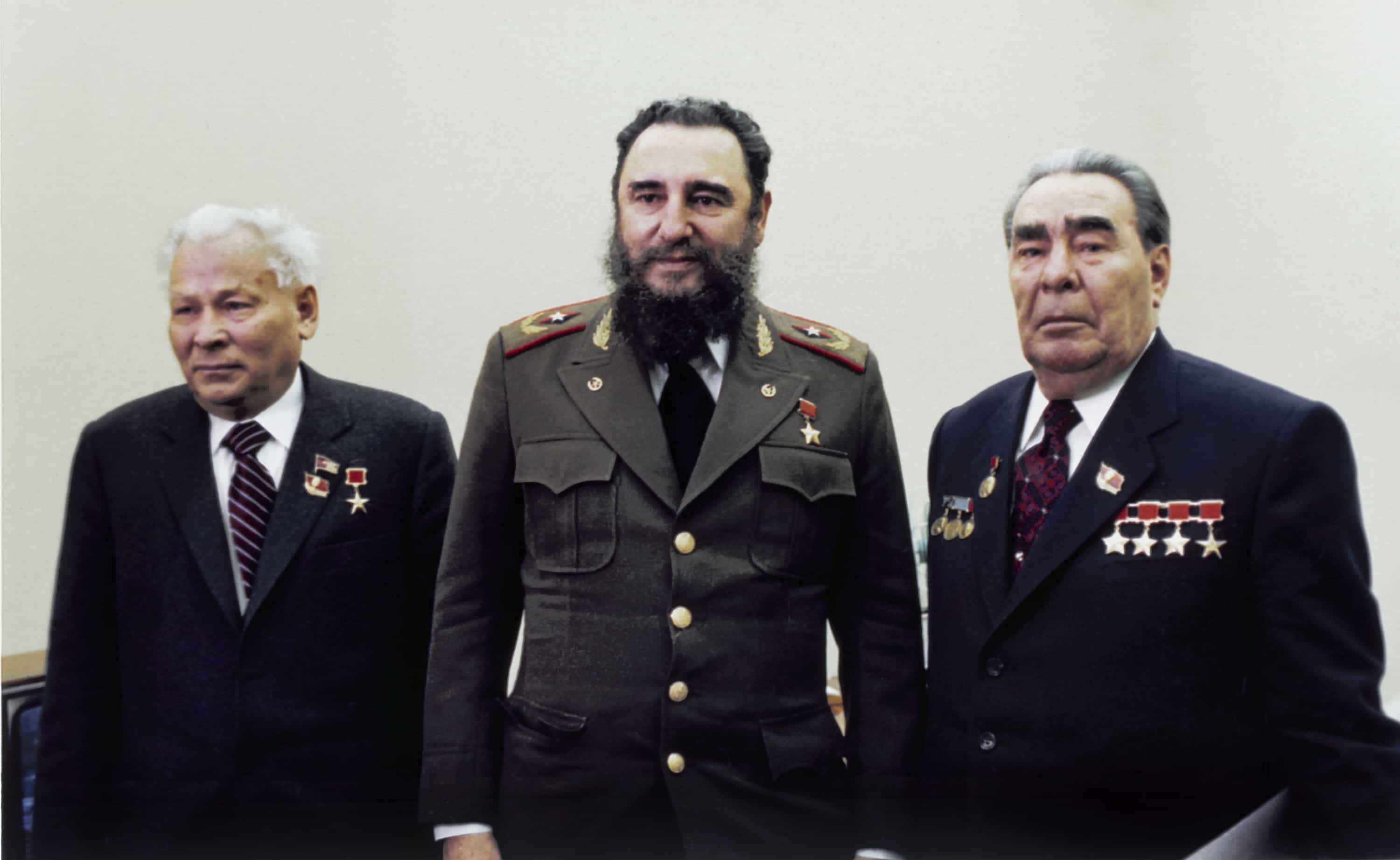WASHINGTON — On October 30, 1962 President John F. Kennedy received a secret CIA briefing on the first results of his diplomatic dance with Nikita Khrushchev to end the Cuban missile crisis.
Now, thanks to a major release of previously classified CIA documents, Cold War historians can read along with him the daily memos he and his successor Lyndon B. Johnson received.
The 1960s were tumultuous years, and the news on that day was far from clear. Kennedy’s spy chiefs were seeking concrete evidence that nuclear armageddon had been averted.
“We are so far unable to verify Kuznetsov’s assertion that the Soviets have begun to dismantle their missile bases in Cuba,” they wrote, referring to the deputy Soviet foreign minister.
“We have not yet seen all of yesterday’s photography. Pictures in hand are of poor quality and do not prove anything one way or the other.”
Two days earlier, they had warned the president, under pressure from hawks in his administration to invade Cuba, that U.S. planes had spotted 24 “fully operational” nuclear missile launchers.
Kennedy held his nerve, enforcing a naval quarantine of the island and reaching out to his Kremlin counterpart through diplomatic back channels.
The Soviets famously blinked and — in exchange for Washington removing some missiles from Europe — agreed to take their own medium-range weapons home from the Caribbean.
“We see Khrushchev’s Cuban missile misadventure as a major setback for him personally,” the CIA daily briefing crowed.
As for Fidel Castro and the Cubans, they were “having trouble keeping down that empty feeling of being left high and dry.”
‘No secrecy for secrecy’s sake’
The documents released on Wednesday are still heavily redacted by U.S. intelligence officials, but it is not hard to find telling examples of CIA hubris in these moments of victory.
“We are, in fact, getting the impression that Castro and his henchmen will be happy to get out of their jam still holding office,” the agency wrote.
Castro, in fact, remained in office as president of Cuba for more than four further decades until 2008, outlasting Kennedy, Johnson and seven more U.S. presidents.
He remains a revered figure in Cuba to this day, and his government, now run by his brother Raúl, finally restored diplomatic ties with the United States this year.
But hindsight is one of the pleasures of the historian, and Wednesday’s mass declassification will feed one of their favorite passions, the inner workings of the Oval Office.
The collection includes about 2,500 “President’s Daily Briefs,” mini-booklets of news and analysis on key national security issues, summarized in brief nuggets for rapid consumption.
Only the president, the vice president and a few trusted advisors see the briefings, which continue to this day in much the same format and remain among Washington’s most secret.
Foreign policy experts had asked for the CIA to release the files, but the spy agency had long resisted, arguing that the act of briefing the president should be a secret.
“The release of these documents affirms that the world’s greatest democracy does not keep secrets merely for secrecy’s sake,” CIA Director John Brennan said, unveiling the memos.
“Whenever we can shed light on the work of our government without harming national security, we will do so.”
The CIA spent several years reviewing and censoring the documents to prepare them for release.
Entire pages remain redacted and about 80 percent of the collection from June 17, 1961 to January 20, 1969 has been declassified.
“This is just the beginning — some 2,000 additional declassified PDB documents from the Nixon and Ford administrations will be released next year,” Brennan said.
The released documents can be viewed on the CIA‘s Freedom of Information Act website: http://www.foia.cia.gov.






